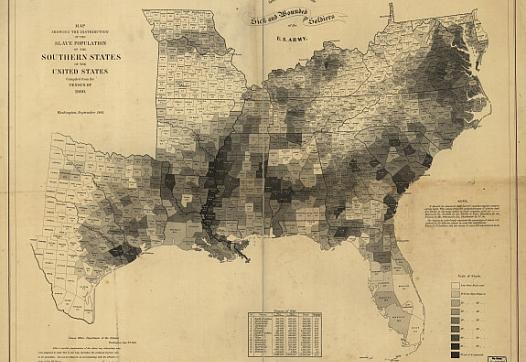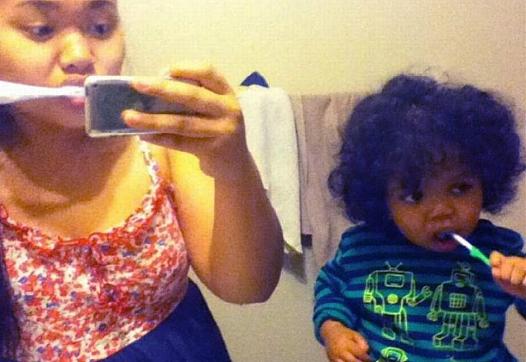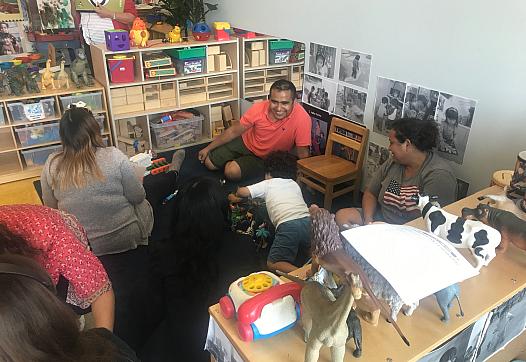
In Southern California’s Eastern Coachella Valley, "promotoras" are part of a growing effort to address environmental hazards and survey residents about their other health and housing needs.

In Southern California’s Eastern Coachella Valley, "promotoras" are part of a growing effort to address environmental hazards and survey residents about their other health and housing needs.
![[Photo by trophygeek via Flickr.]](/sites/default/files/styles/teaser_list_thumbnail_large/public/title_images/unnamed_123.jpg?itok=2GuJ5LXA)
Does the California Medical Board have the right to check records to see if a doctor is recklessly prescribing drugs? For the past three years, that question has been stuck in the courts.

“I was really interested in the question of how slavery and historic institutions play out in health outcomes today,” Anna Barry-Jester of 538 told fellow journalists this week.

Research has shown that sex education results in fewer teen pregnancies, but in California's politically conservative San Joaquin Valley, there is a history of strong push-back against sex ed.

The Magnolia Place Community Initiative brings together more than 70 county, city and community services and organizations to make children's lives better.
![[Photo by Julian Tysoe via Flickr.]](/sites/default/files/styles/teaser_list_thumbnail_large/public/title_images/unnamed_118.jpg?itok=-SbUU9DF)
“Everyone agrees that housing is an important determinant of health, but that’s very hard to measure because it’s overly correlated with other aspects of poverty,” said Thomas Waters, a housing policy analyst in New York City.
![[Photo: David McNew/Getty Images]](/sites/default/files/styles/teaser_list_thumbnail_large/public/title_images/unnamed_100.jpg?itok=-lhCUdKz)
Individuals like Loren Anthony, a fitness instructor from the Navajo Nation, are modeling healthy lifestyles and getting their friends and families involved. Grassroots organizations are starting group exercise sessions, basketball tournaments, traditional cooking classes and workshops.

Hurricane Katrina forced New Orleans' remaining gangs into the Central City neighborhood. With this mass concentration of drug traffickers came a bloody turf war, near-daily shootings and a rising body count.
![[Photo by USDA via Flickr.]](/sites/default/files/styles/teaser_list_thumbnail_large/public/title_images/unnamed_106.jpg?itok=qxjDyHWk)
It's those first 1,000 days — from conception until a child's second birthday — that the brain most needs the right mix of nutrients to fully form. But programs that focus on such developmental goals are now at risk.

This article was produced as a project for the USC Center for Health Journalism’s California Fellowship.